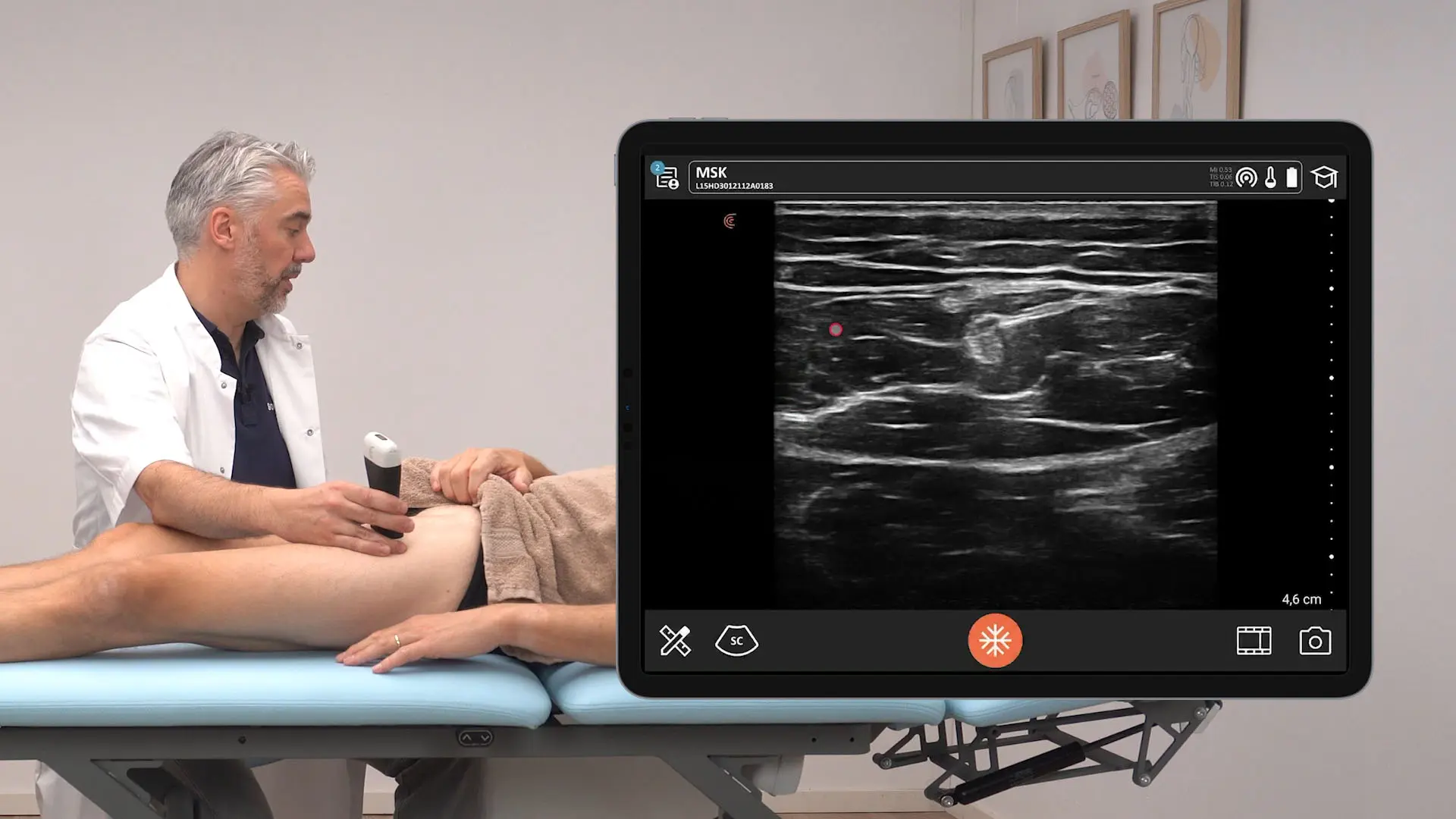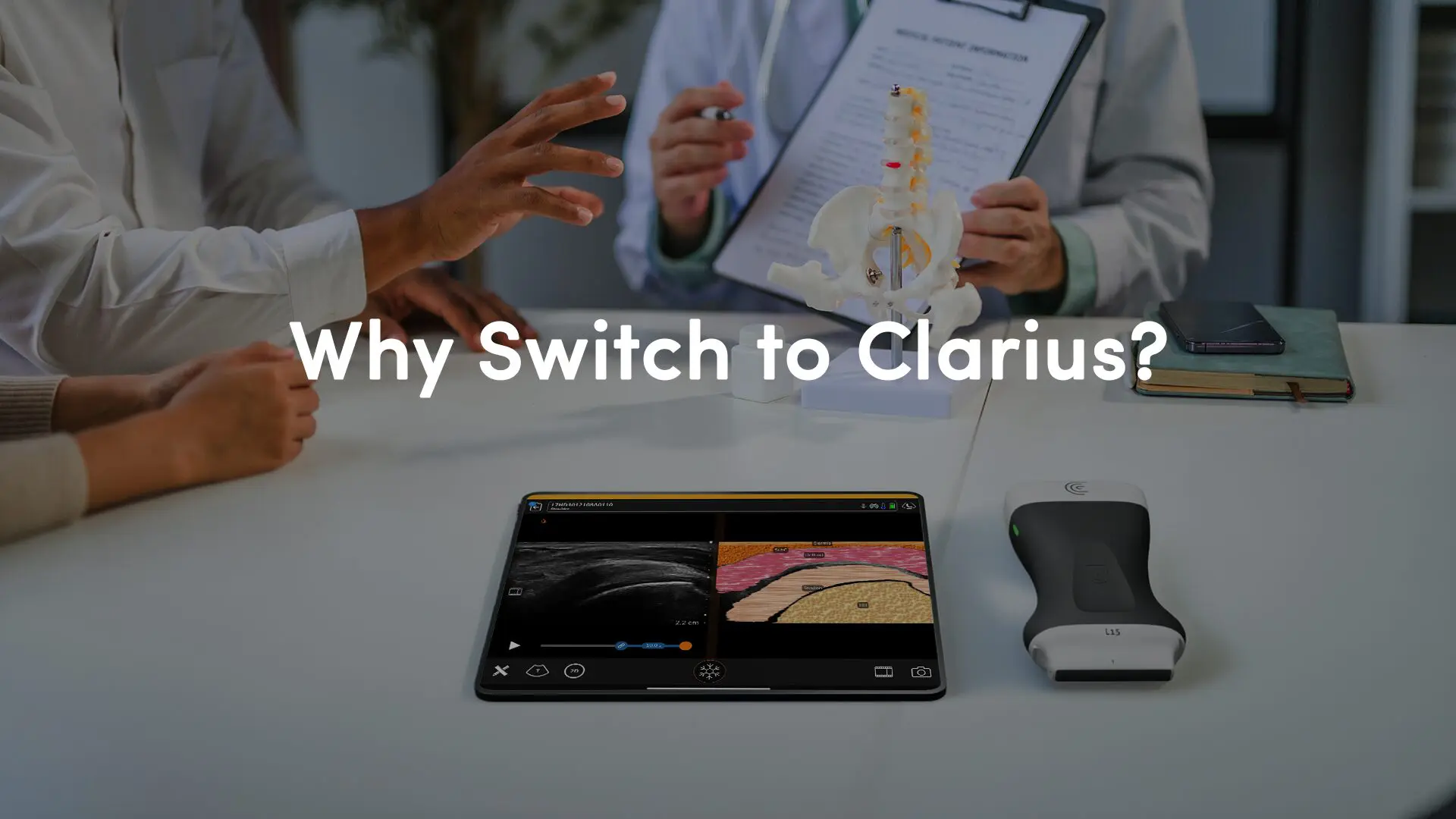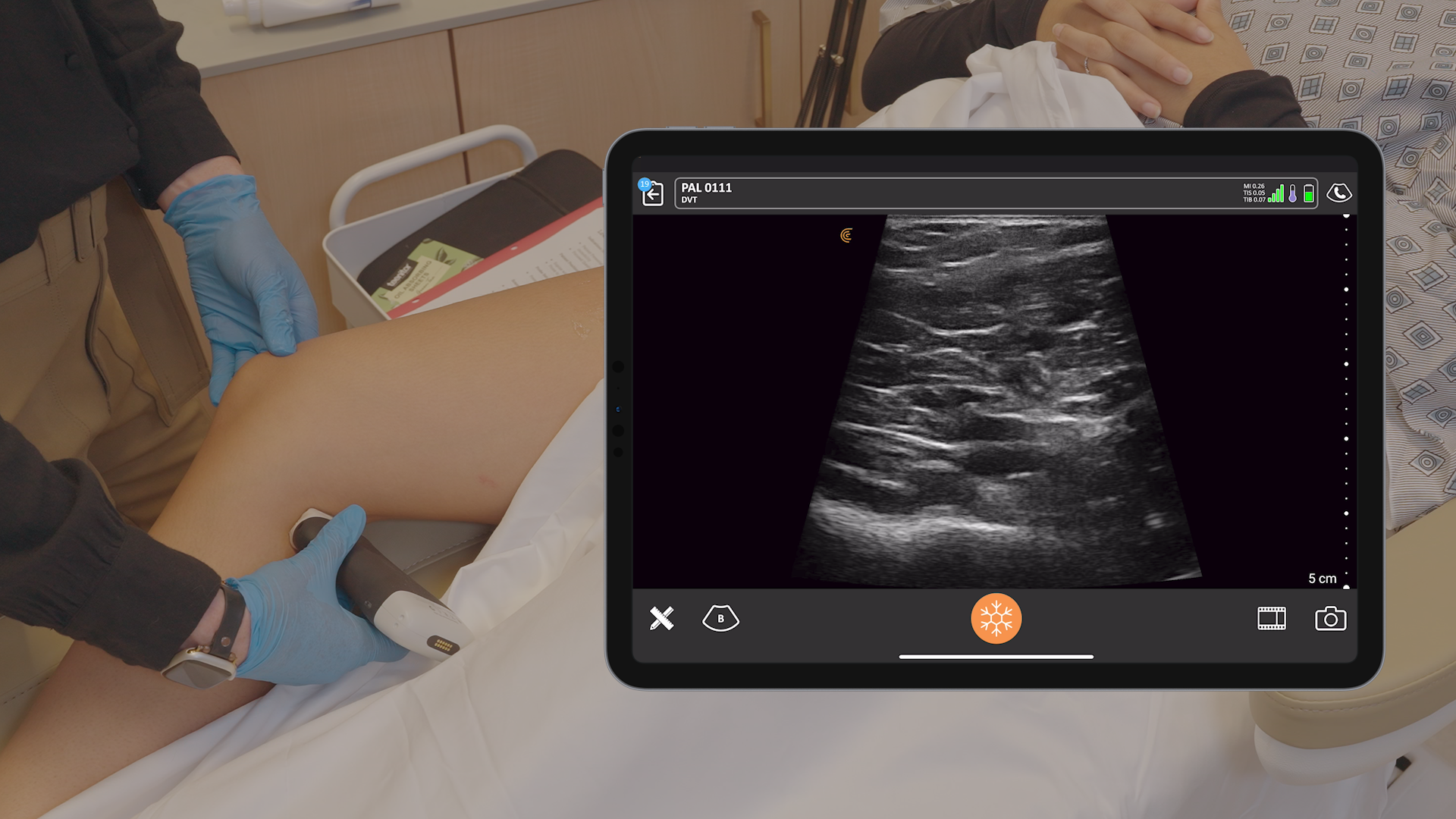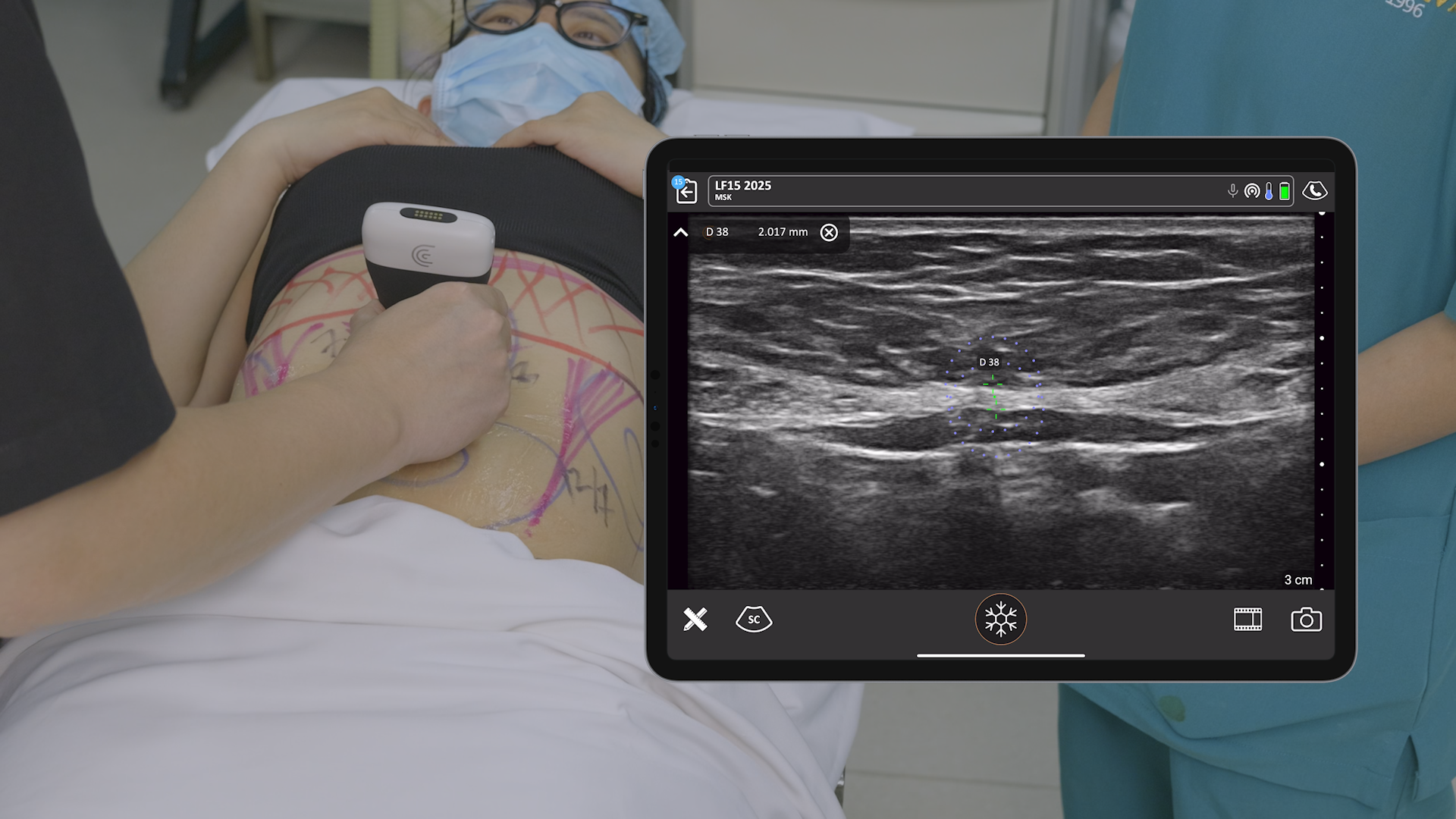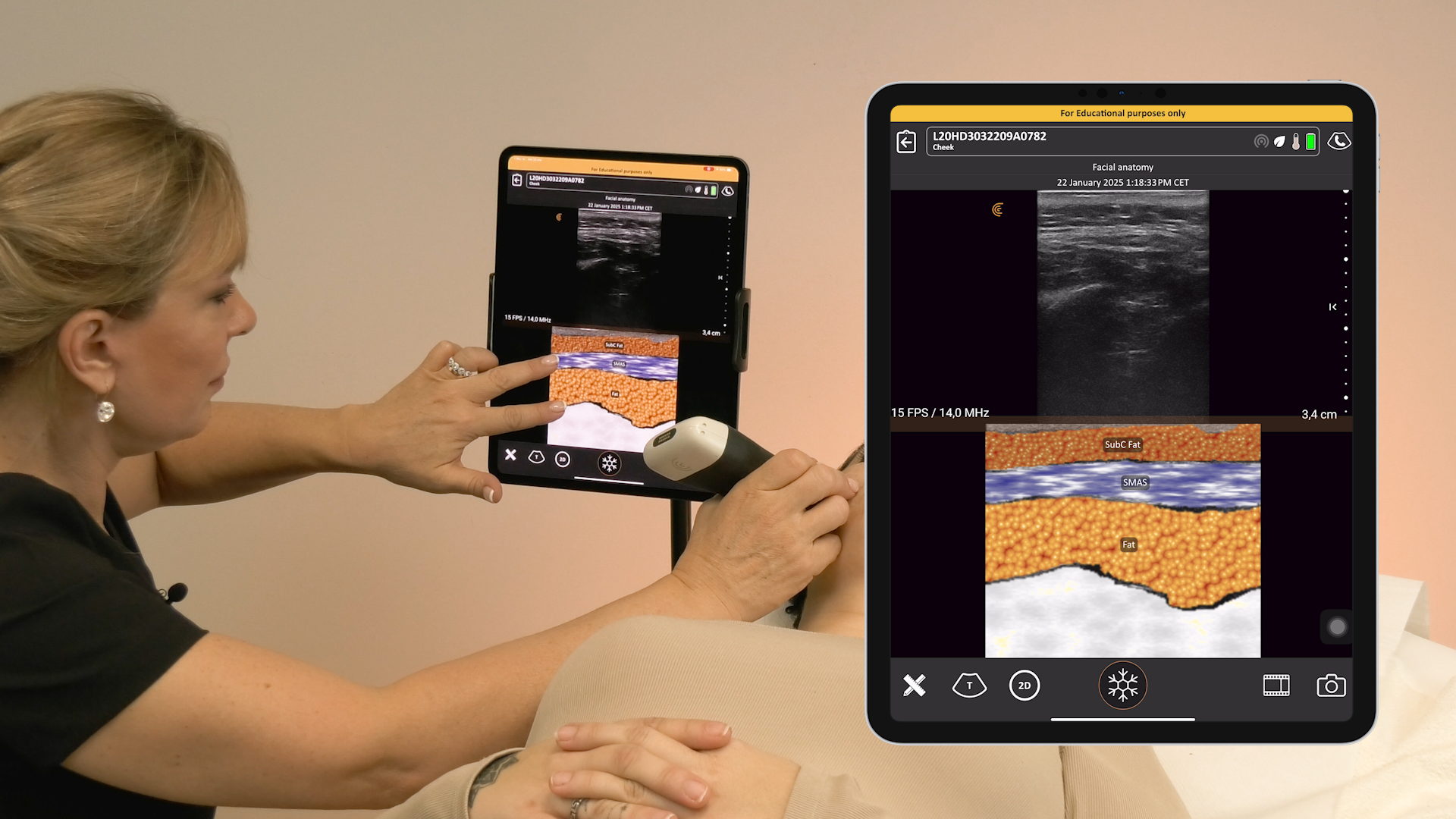
This week’s post comes from our head of hardware engineering, Kwun-Keat Chan. Kwun discusses some innovative features his team has developed for the Clarius scanner.
When we were developing the Clarius scanner, we wanted to make sure it was a significant improvement on existing devices. Our most significant innovation was to make Clarius completely wireless. Clearly, this makes the device convenient to use, and it removes a lot of behind-the-scenes complexity. For example, if you pick up a user manual for a traditional ultrasound machine, you’ll find that up to 2/3 of it will be about cables – how to care for them, how to replace them, where to stand to avoid stepping on them and so on. We’ve eliminated all of that by getting rid of the cables altogether.
And the good news is that we’ve done this without sacrificing performance. For instance, people are frequently amazed to find our ultrasound system just as responsive as a wired one. There is no lag between scanner movement and image display. Image quality is also comparable to high-end, stationary ultrasound machines.
At the same time, connectivity is never an issue – the scanner uses point-to-point wireless technology, so it does not require network access to function. Its battery life is on par with battery-powered portable wired ultrasound devices as Clarius automatically goes into hibernation mode when not in contact with skin. If you misplace Clarius, it’s easy to locate via low-power Bluetooth even when it is switched off.
Built with a magnesium case, the Clarius scanner is rugged and can withstand the rigors of clinical environments. Both the probe and the battery are rated IPX7, meaning they are fully submersible in cleaning solution.
We’ve had fun making what seemed impossible, possible, and we are excited to see clinicians using it in the real world.
